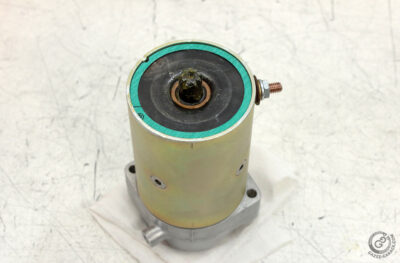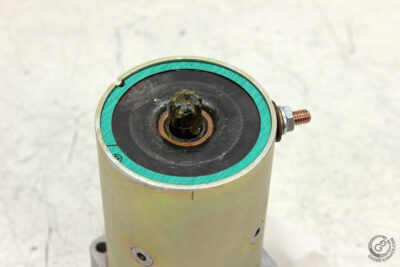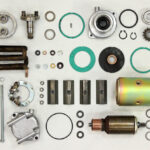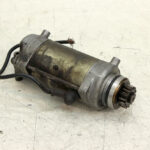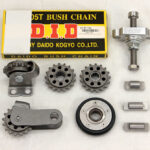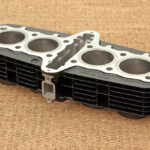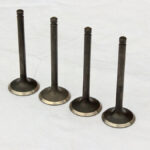I started assembling the starter motor from yoke assembly. As I already mentioned, Kawasaki service manual indicates that “is not meant to be disassembled”. The reason is simple: the gap between rotor and field coils’ poles is quite small. Thus poles have to be positioned strictly straight along the stator housing and to be parallel to provide that gap. And since we figured conditions of task’ successful fulfilling, yoke assembly’ assembling became a matter of improvised “special tool”.
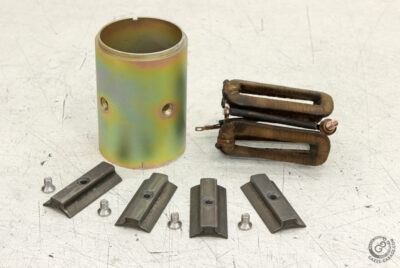 When I put the assembled part on the table and took my camera to shoot photos, I couldn’t help remembering Nietzsche quote: “And if thou gaze long into an abyss yoke assembly, the abyss yoke assembly will also gaze into thee”…
When I put the assembled part on the table and took my camera to shoot photos, I couldn’t help remembering Nietzsche quote: “And if thou gaze long into an abyss yoke assembly, the abyss yoke assembly will also gaze into thee”…
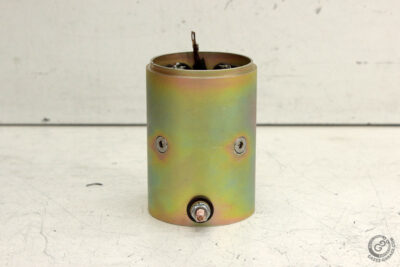 Next task was output shaft assembly.
Next task was output shaft assembly.
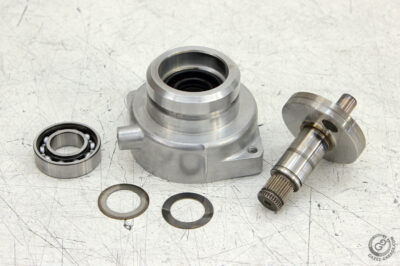 I greased the shaft with high temperature grease, oiled bearing and seal and then drove the shaft into position.
I greased the shaft with high temperature grease, oiled bearing and seal and then drove the shaft into position.
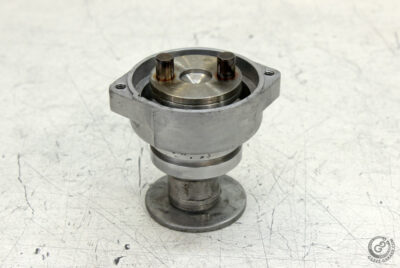
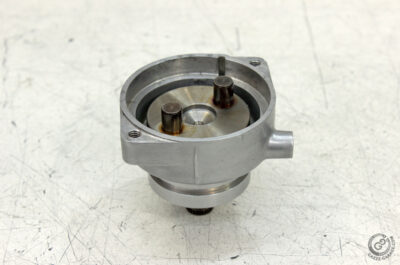 Then I fixed it with a circlip.
Then I fixed it with a circlip.
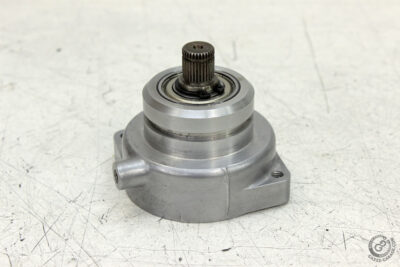 After that there was time to put the first “narrow” gasket. This gasket along with its twin seals inner gear chamber.
After that there was time to put the first “narrow” gasket. This gasket along with its twin seals inner gear chamber.
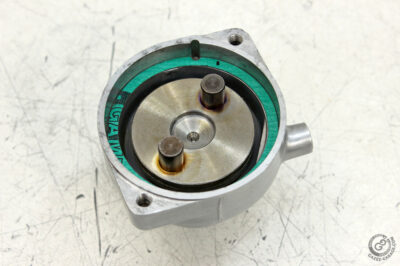 I greased inner gear and planet pinions with high temperature grease and installed them. One may find different opinions on the subject of how much grease has to be applied to this unit. My personal opinion (based on experience of starter motors servicing) is it has to be a moderate amount.
I greased inner gear and planet pinions with high temperature grease and installed them. One may find different opinions on the subject of how much grease has to be applied to this unit. My personal opinion (based on experience of starter motors servicing) is it has to be a moderate amount.
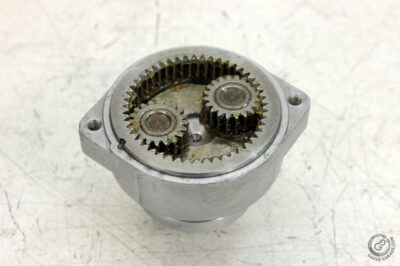 Once I finished with packing one end cover of the starter motor, I turned my attention to another. I installed brash plate on yoke assembly:
Once I finished with packing one end cover of the starter motor, I turned my attention to another. I installed brash plate on yoke assembly:
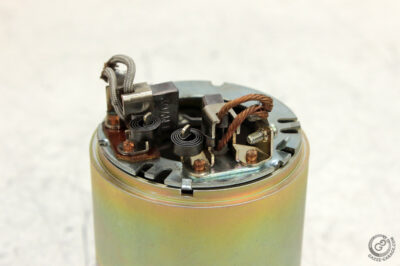
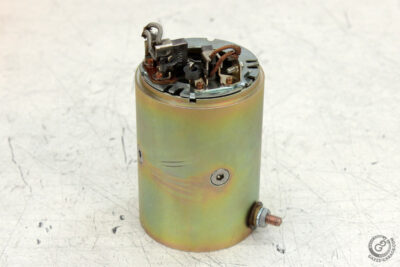 Then I greased the thrust washers, put them in the original sequence (just note it when disassembling), greased the end cover bushing, installed the rotor into the yoke assembly and closed it with the end cover. Then I put another set of thrust washers in the right order on to the rotor shaft and was ready to put the end plate in place. I did operations in such order only to demonstrate significance of “wide” gasket. Take a close look on these photos:
Then I greased the thrust washers, put them in the original sequence (just note it when disassembling), greased the end cover bushing, installed the rotor into the yoke assembly and closed it with the end cover. Then I put another set of thrust washers in the right order on to the rotor shaft and was ready to put the end plate in place. I did operations in such order only to demonstrate significance of “wide” gasket. Take a close look on these photos:
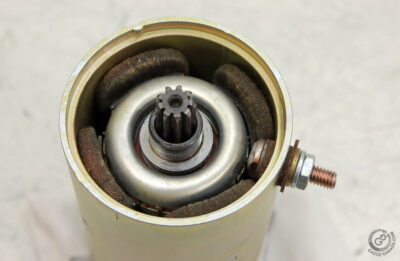
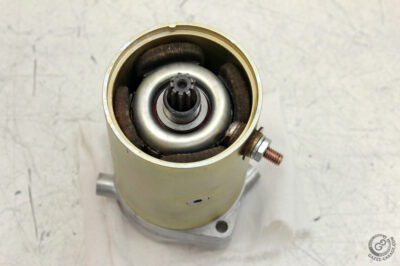 As you may see, the starter motor positive intake terminal (copper bolt) is positioned extremely close to the groove in which the end plate has to be placed. And since the end plate is made of steel, such a close neighbourhood of positive intake to the steel part which contacts with “ground” may end up in sparks. So the third starter motor gasket is in fact an isolator. That’s why it’s wide and that’s why it is inadvisable to assemble the starter motor without it.
As you may see, the starter motor positive intake terminal (copper bolt) is positioned extremely close to the groove in which the end plate has to be placed. And since the end plate is made of steel, such a close neighbourhood of positive intake to the steel part which contacts with “ground” may end up in sparks. So the third starter motor gasket is in fact an isolator. That’s why it’s wide and that’s why it is inadvisable to assemble the starter motor without it.
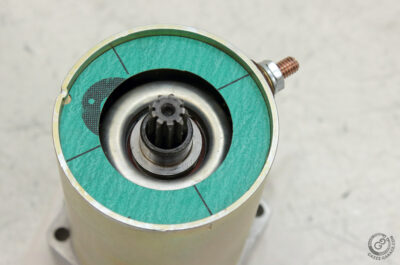
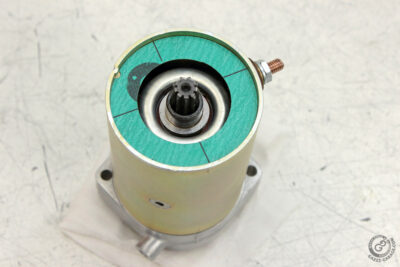 After end plate and second “narrow” gasket were installed, the starter motor was mostly ready:
After end plate and second “narrow” gasket were installed, the starter motor was mostly ready:
To be continued.

